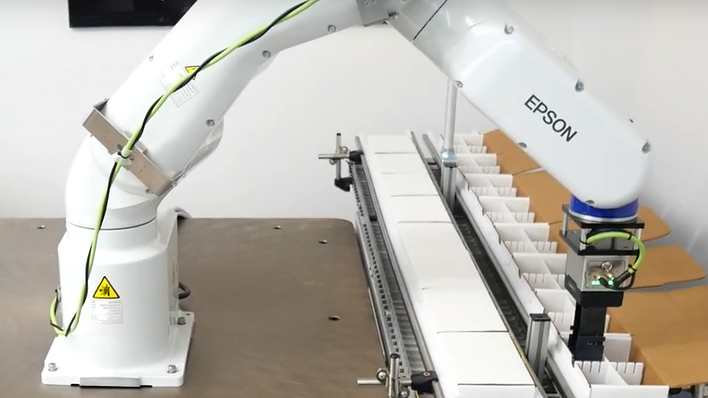Digital signage is transforming the customer experience in a variety of industries. As organizations increase their digital signage portfolio—according to a 2018 report from Digital Signage Today, 62 percent plan to grow their implementations by 20201—it’s important to consider the advantages, disadvantages, and use cases of popular digital signage hardware options. Here are a few questions to ask and answer when deciding on a digital signage solution.
Where and how will you install your digital signage?
The installation environment is a top consideration when purchasing digital signage hardware. LCD screens are a popular, affordable choice, ideally suited for basic retail display, self-service kiosks, and informational uses such as menus or advertising. However, they come with size, shape, and weight restrictions. Curved panels offer a distinct viewing experience, and are popular in installations with ample space to accommodate them, like arenas and convention centers. These applications may be used for spatial design and architectural elements, combining informational and experiential uses. Finally, digital signage projectors offer a physically compact installation that’s compatible with odd shapes, angles, and 3D or non-planar surfaces. They can create an immersive experiential environment. But, like all projectors, they can be disrupted by objects or people between the projection source and the projection surface.
You should also consider the re-installation implications when choosing digital signage. Screen-based hardware can’t change its size or shape, so it may be more challenging to rearrange or relocate. Projectors can be repositioned to accommodate changes to the overall installation space, and the images they produce can scale in size—though for smaller displays, they may not make as much sense as an appropriately sized LED option.
How conspicuous do you want your digital signage hardware to be?
One reason digital signage is such a compelling sales and marketing tool is its unique physical presence. Digital signage can serve, in and of itself, as a design or even architectural element. LED screens with nearly invisible bezels can create a seamless-looking video wall, while curved panels add a sculptural twist and additional viewing angles. A projector can offer a less conspicuous source for digital signage that blends in with regular lighting fixtures. Projection signage can turn walls, or even glass panels, into instant displays that otherwise blend in with their surroundings. Finally, some businesses are layering projectors with traditional displays to create a multidimensional look.
What will you display with your digital signage installation, and how will you create it?
The point of digital signage, after all, is to display beautiful, compelling artwork that moves viewers to act. Sixty-nine percent of respondents to the Digital Signage Today survey indicated that they create digital signage content in-house. Over half said they create content specifically for other platforms, like smartphones and tablets.2 It’s worth considering how adding or expanding a digital signage portfolio will affect design resources, and whether you’ll be able to leverage existing content to populate your digital signage installation.
For most designers, the size and shape of traditional LED panels are familiar, and lend themselves to adapting existing artwork made for other platforms. A predictable rectangular canvas can be comforting to a designer, but it may restrict their creative output. Curved panels offer exciting design possibilities, but it may take more resources to create imagery optimize for a specialized medium. Projectors offer almost unlimited design freedom from physical constraints, but designing artwork to map onto odd angles, shapes, and 3D surfaces is more time-consuming. Meanwhile, using existing artwork may not make the best use of projector technology—a projection of a print ad looks like what it sounds like.
How much hardware will you need?
According to the Digital Signage Today survey, 87% of respondents will add digital signage within 12 months, and 42 percent will add 25 or more screens.3 For these users, the size of such installations can be the determining factor in the best hardware solution. For example, twenty-five installations, each requiring one display, may find LED the most cost-effective option. But five multi-screen installations, each requiring five traditional displays, may be better served by projectors, which can offer a lower cost per square inch
While these four factors are particularly important, there are many additional considerations when considering a digital signage hardware solution. To discuss the advantages, disadvantages, and use cases for a variety of solutions, connect with an Epson digital signage specialist.
Source:
1, 2, 3: Digital Signage Future Trends 2018, Digital Signage Today.
![]()



